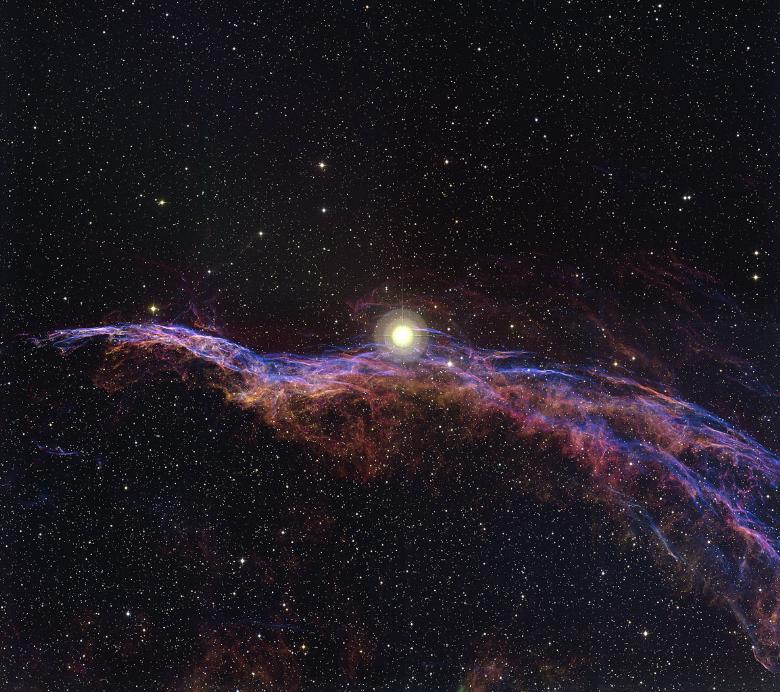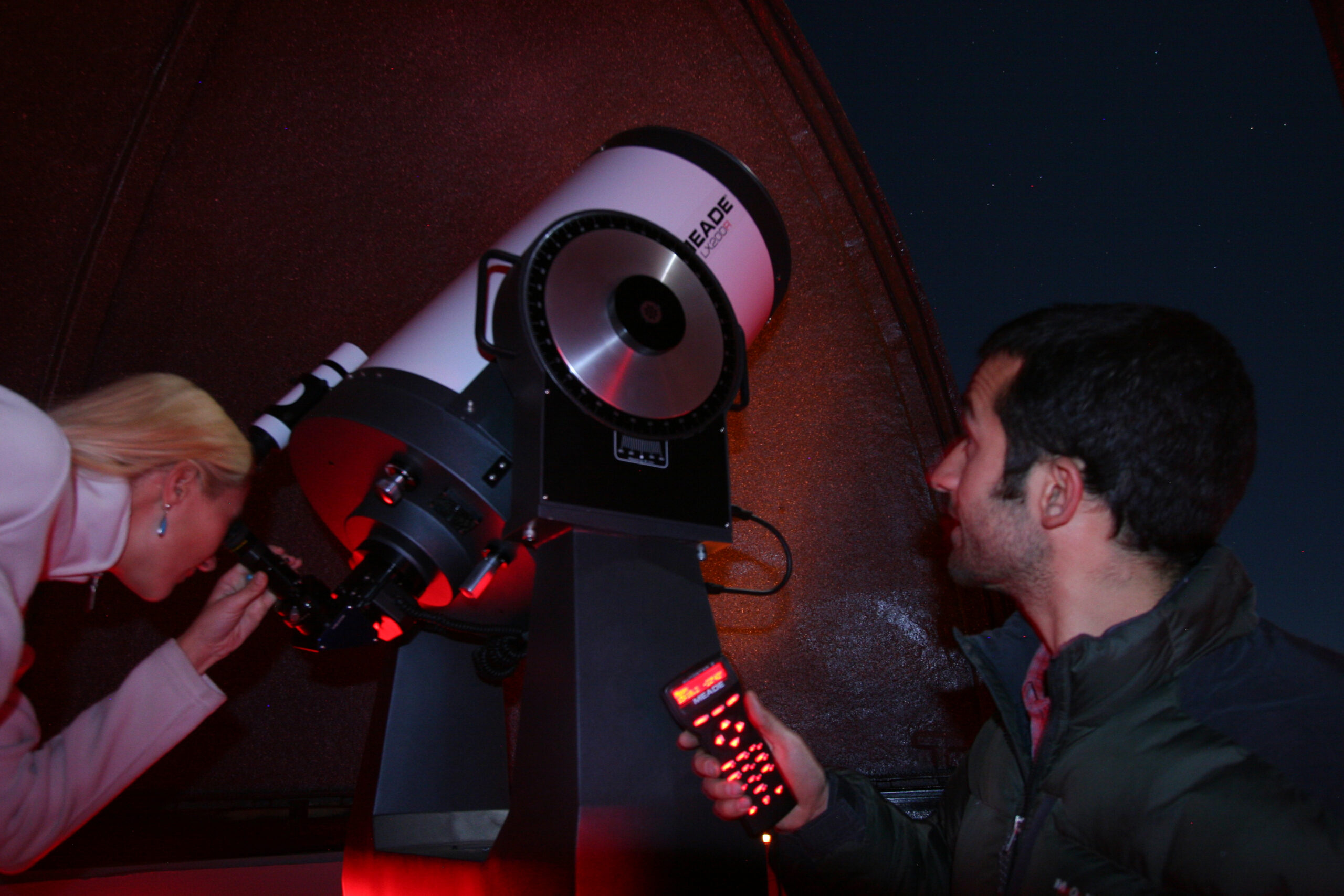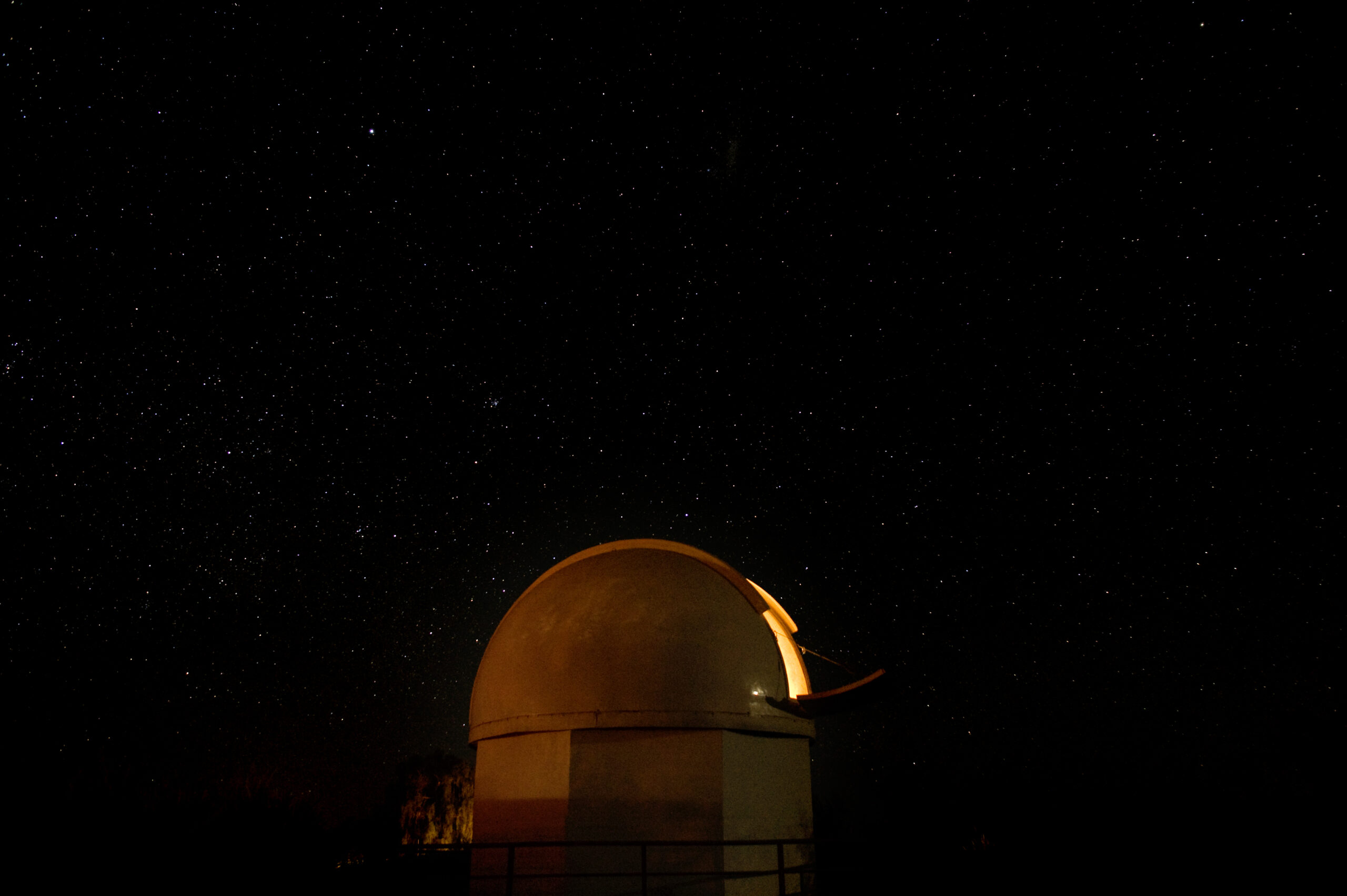The Atacama Desert of Northern Chile is a Dream Destination for Stargazers
With 300 sunny days a year and minuscule light pollution, the arid desert set at 7,000 feet above sea level offers some of the best stargazing in the world.
The Mars-like Atacama Desert along the Pacific coast west of the Andes also has some of the clearest skies anywhere, making it the perfect spot for ALMA, a radio astronomy telescope built by Europe, Japan, Canada, the U.S., and Chile. It’s the world’s largest astronomical project.
As across South America, the skies above the Atacama Desert are gleaming with highlights of the Southern Hemisphere, including the Southern Cross, the southern Milky Way, assorted nebulae, star clusters, and other galaxies, and even points north. With few nearby settlements and the wide-open desert all around, there is little in the way of light pollution or radio interference to distract from the view. On a clear night with no moon, the show includes up to 6,000 stars.

In 2019, the Elqui Valley of Chile attracted hundreds of thousands of eclipse chasers around July 2, when the 90-mile region became the path of totality for the solar eclipse. More than 500,000 people gathered and watched the spectacle.
While we cannot squint at the heavens through ALMA, Explora Atacama is exceptionally well equipped for some of the finest stargazing through a Meade 16” f/10 LX200R Advanced RC Telescope – one of the largest “aficionado-level” telescopes in Chile. The telescope is generously accessorized with premium-grade optical glass, a Super Wide-Angle Eyepiece, and a “piggyback bracket” enabling the mounting of digital cameras and smartphones for spectacular astrophotography.

The hotel’s Meade Telescope will reveal binary stars, multiple stars, and star clusters ranging from tens of thousands to millions of stars, including the biggest of all, Omega Centauri. One can also see the seven rings of Saturn, the four Galileo moons of Jupiter, nebulae of all shapes and forms, and more.
